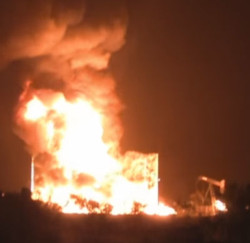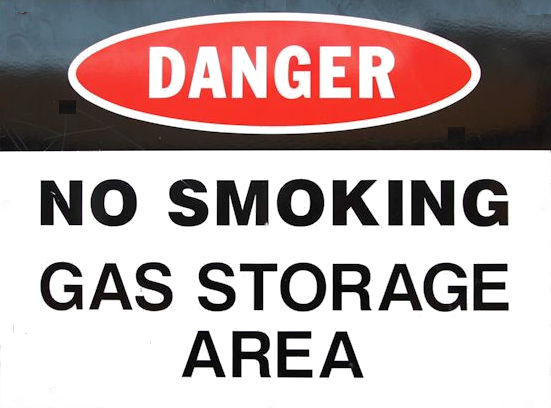Fire Safety
The employer should develop a fire protection program to be followed throughout all phases of the operation. Appropriate firefighting equipment should be provided and access to the equipment maintained at all times.

At least four fire extinguishers having a minimum rating of 40 B:C should be conveniently located at the rig. Additional extinguishers should be provided for the doghouse, the cellar, the generator area, and any flammable storage areas.
Firefighting equipment should be periodically inspected and maintained in operating condition at all times. A record should be kept showing the date when fire extinguishers were last inspected, tested, or refilled. After any use, fire protection and firefighting equipment should be made serviceable and returned to its proper location.
Smoking, open flames, or spark-producing equipment should be prohibited in areas subject to contamination or accumulation of flammable liquids or gases. Areas for the prohibition of smoking and open flame should include all areas within 75 feet of the:
- well head or shale shaker, whenever potentially hydrocarbon-bearing formations are exposed in the well
- degasser while it is operating
- fuel storage areas

The following specific actions should be taken in areas where smoking and open flames are prohibited:
- Striking matches anywhere should be prohibited.
- Cigar/cigarette lighters and smoking materials should not be permitted.
- "No Smoking" or "No Open Flame" signs should be conspicuously posted.
Knowledge Check Choose the best answer for the question.
4-5. Which of the following rig areas allows smoking within 75 feet?
You forgot to answer the question!
